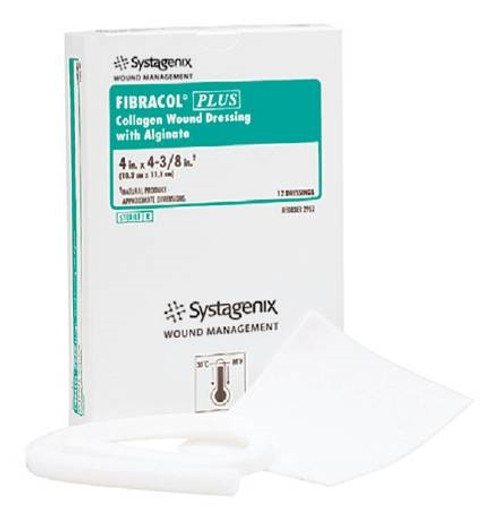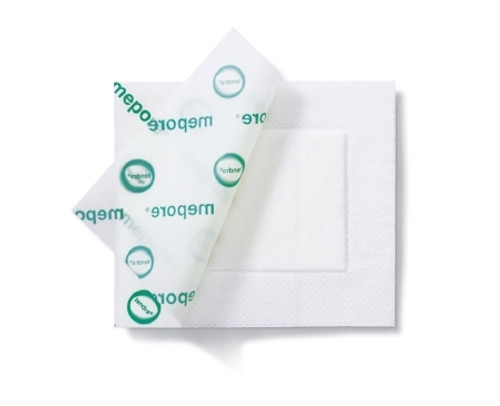Product Overview
Features:
- Helps create an ideal moist healing environment
- High fluid retention to remove exudate from wound bed
- Easy application and removal
- Water-repellent barrier side is indicated by green stripes to let caregivers know that side should face upward
Specifications:
- Manufacturer # : MSC8305
- Brand : TenderWet
- Manufacturer : Medline
- Application : Dressing
- California Prop 65 : No
- HCPCS : A6243
- UNSPSC Code : 42312300
- Latex Free Indicator : Not Made with Natural Rubber Latex
Part Number(s):
- MSC8305EA - 1 Each / Each
- MSC8305BX - 7 Each / Box
- MSC8305CS - 42 Each / Case

 Help
Help 















